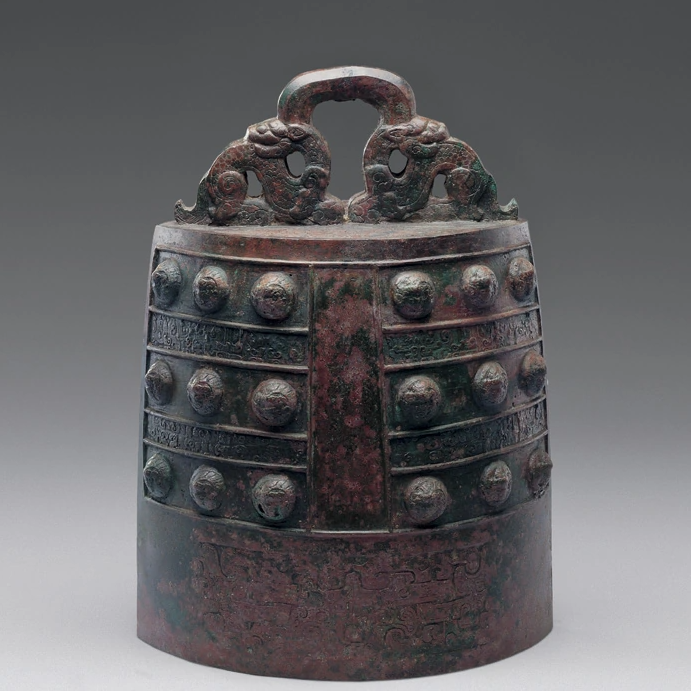Origin of the bell
680 views · Organized by 一杯清酒 on 2022-02-28
It was first seen in the late Yin Dynasty and prevailed in the Eastern Zhou Dynasty. Musical instruments unearthed from Yin Ruins in Anyang, Henan have been used for elegant music since the Zhou Dynasty. According to historical records, it should be an instrument used to direct the orchestra and control the overall rhythm. When the nobles were feasting or offering sacrifices, they often matched it with bells and chimes, and knocked it with a hammer to make it sound. An important issue is that there are only bells and no chimes in the Lexuan ritual system that identifies rank. The tympanic tubes are difficult to preserve and cannot be judged.

Involving musical instruments
The bo (pinyin: bó) is a musical instrument with a shape close to that of a bell. The body of the mushroom is larger than that of the bell, and the cross-section of the body is oval . In the early days, there were many bird-shaped, tiger-shaped, or Kui-shaped "wings" on both sides of the mushroom, and the decoration was gorgeous and complicated. It is a large single percussion instrument of the ancient Han nationality.
Guess you like
Organized by 关谷奇迹 on 2022-02-28
During the Western Zhou Dynasty, the bells and chimes of Rongsheng were probably multi-sequence sound instrumental music created by the sages of the Qin people (also known as the Quan Rong). It has a rich tone of quaint, deep, varied, mysterious, and can produce a very wonderful modern polyphonic tone.
read >>
Organized by 九曲 on 2022-02-28
Chinese music is an important part of the splendid Chinese culture. Before the middle of the 19th century, it experienced three periods: ancient, medieval and modern. For thousands of years, it is famous for its colorful varieties and rich systems.
read >>
Organized by 雨童 on 2022-02-18
Pistachio is a large single percussion instrument of the ancient Han nationality. Aristocrats often used it in conjunction with bells and chimes when feasting or offering sacrifices. It is characterized by a ring button, a flat mouth, and an oval or tile-shaped body.
read >>
Organized by 赵锦辛 on 2022-02-18
Mushroom appeared in the late Shang Dynasty. It is a bronze music hanging, an earlier musical instrument with complex shape and gorgeous decoration. In terms of shape, it has a relationship with the bronze bells of the Xia Dynasty and the Shang Dynasty. The early mushroom cavities were mostly oval, or oval with a rectangle.
read >>
 渝公网安备 50010702504639号
渝公网安备 50010702504639号